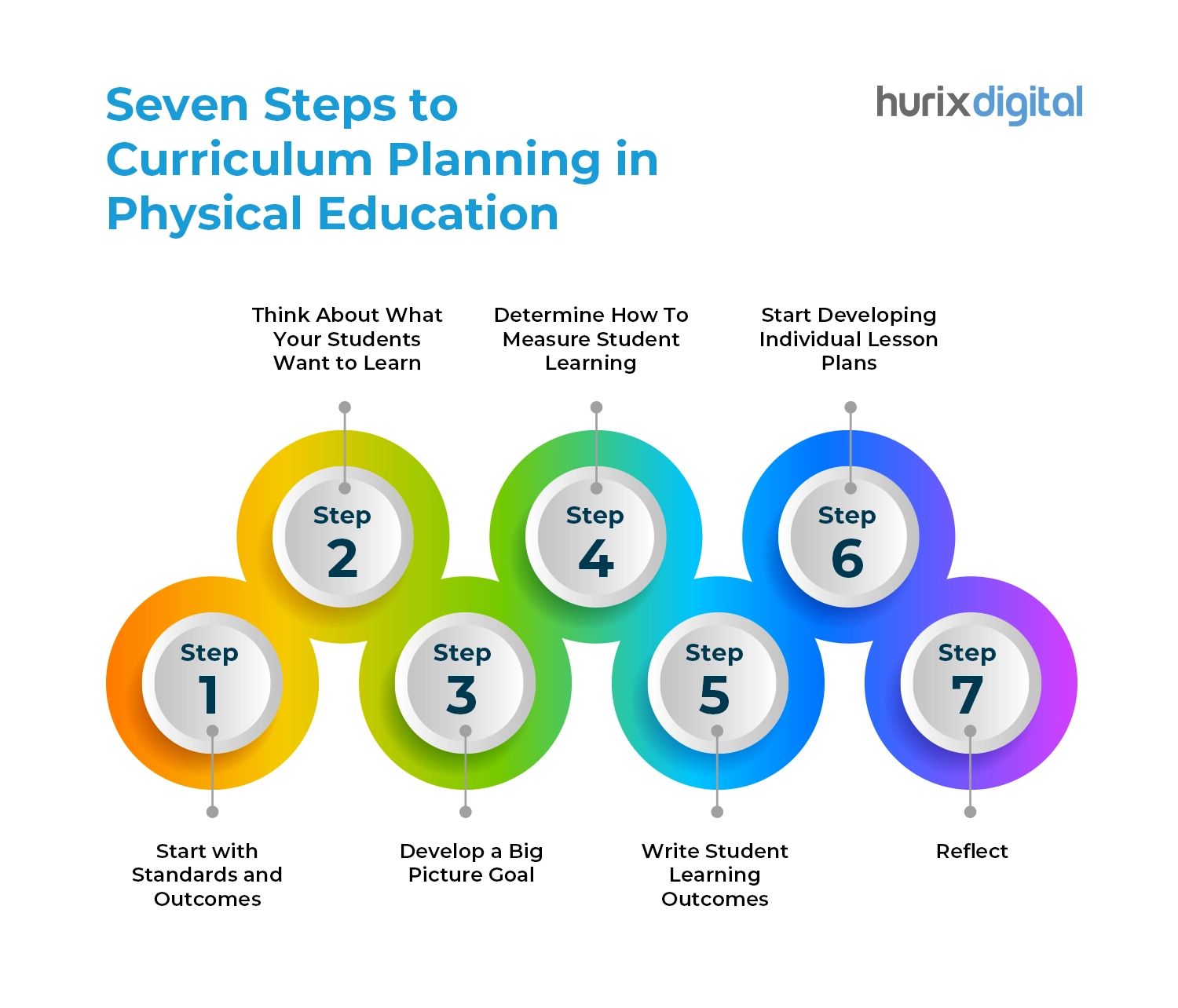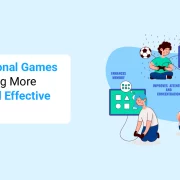Curriculum planning plays a significant role in shaping student learning experiences. A well-structured curriculum ensures that students receive comprehensive instruction while aligning with learning objectives. In physical education, thoughtful planning fosters engagement, skill development, and long-term health benefits.
Embark on a streamlined curriculum planning journey with Hurix Digital. Let us empower your Physical Education program with innovative solutions tailored to each step. Contact us now to help you shape the future of education today.

Key Steps in Curriculum Planning
1. Establish Standards and Learning Outcomes
A strong curriculum starts with clearly defined learning outcomes. These should align with national or state physical education standards. Standards help ensure students acquire essential skills and knowledge for lifelong physical activity.
2. Identify Student Interests and Needs
Understanding student preferences and fitness levels allows educators to tailor lessons accordingly. This approach increases motivation and engagement, making physical education more enjoyable and effective.
3. Set Clear, Long-Term Goals
Develop a big-picture goal that reflects the overall purpose of the curriculum. Whether it’s improving cardiovascular fitness, enhancing motor skills, or fostering teamwork, establishing clear goals helps structure lesson plans effectively.
4. Define Assessment and Evaluation Methods
To measure progress, instructors must implement reliable assessment tools. Evaluations may include skill-based assessments, fitness testing, self-reflection, and peer feedback. Effective evaluation helps adjust teaching strategies and improve student outcomes.
5. Develop Learning Objectives
Each lesson should include specific, measurable learning objectives. These objectives guide students in understanding what they will learn and achieve. Clearly stated goals help maintain focus and ensure progress over time.
6. Create Lesson Plans and Activities
Design engaging lesson plans that incorporate various activities, drills, and exercises. Incorporating a mix of aerobic activities, strength training, and flexibility exercises keeps students interested and caters to different fitness levels.
7. Review and Adjust the Curriculum
Reflection is essential in curriculum planning. Regularly reviewing the effectiveness of lessons allows educators to make necessary adjustments. Gathering student feedback and analyzing performance data ensures continuous improvement.
Final Thoughts
Curriculum planning in physical education requires thoughtful consideration of student needs, clear learning goals, and engaging activities. By following these steps, educators can create an impactful program that promotes lifelong fitness and well-being.



